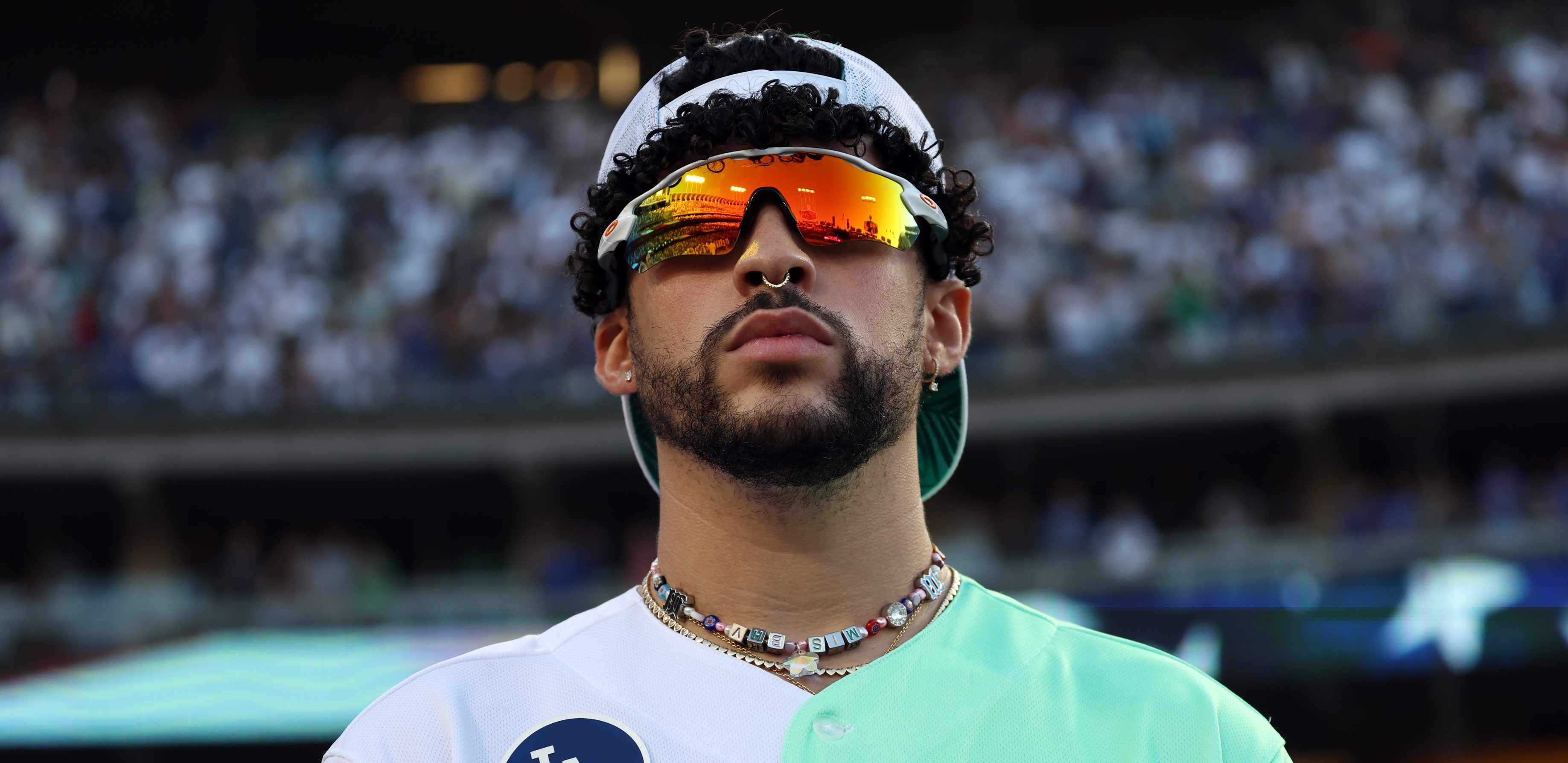It's June 4, a month away from what would be a perfect opening day for baseball, yet on and on the financial negotiations go.
MLB unsurprisingly rejected the players' 114-game proposal and the latest reports are that the league is considering a season of 50 games.
Sounds silly, doesn't even sound like baseball, seems unlikely to happen.
The league wants fewer games because each game will cost clubs money. Players want more games because they want a greater share of their prorated salary. The sides are at this standstill because the players thought the March agreement guaranteed them their full prorated salaries, but there was a caveat in the deal about a season without fans in stands.
The league also wants the regular season to end by October to best avoid having to shut down amid a coronavirus surge later in the year. Postseason broadcast revenue accounts for $787 million, according to ESPN.
So, how can these sides reach a compromise? The players want their full prorated salaries. The owners could agree to that but not for 114 games, and seemingly not for 82.
What if the league guaranteed players 75% of their prorated pay? It's not 100% like the MLBPA thought it was agreeing to in March, but is there any realistic path to 100%? A compromise is required.
MLB
Rather than pay it out over 82 games, just play 75% of that 82-game schedule. That would be 62 games of full prorated pay for players. That length, 62 games, represents about 38% of a normal 162-game season.
For the highest-paid players, it's a big bump up from what they would have made under that designed-to-fail sliding scale proposal. Someone like Bryce Harper, with an annual average salary of $25.4 million, could earn $9.7 million. This would put Zack Wheeler in the vicinity of $9 million, Jake Arrieta $7.7 million, Andrew McCutchen $6.4 million, Aaron Nola, $4.3 million, J.T. Realmuto, $3.8 million, Rhys Hoskins $232,500.
In a 62-game schedule, the Phillies could play three series of three games against each NL East foe (36 games). They could face each of the other 10 NL teams in one series, with four of those series being two-gamers. The Phils could play two in Colorado and two in Arizona back-to-back, two in Los Angeles and two in San Diego.
Or teams could avoid long, cross-country trips and remain on their own coast, with the Phillies playing the Yankees, Orioles, Red Sox and Rays instead of the NL West.
It also could be even more division-heavy than that. For what it's worth, teams play 47% of their games inside the division in a normal season.
If the season is going to be shorter than 82 games, it also means these negotiations could extend. If you're playing 20 or 30 fewer games, that's a few more weeks to gauge the other side's willingness to bend.
Hopefully, that is not the case and the sides act with urgency. It would do baseball a world of good to have an agreement in place in the next week or two. Build some excitement. Stir some intrigue beyond the financial discussions nobody wants to hear, think, read or write about, especially in 2020.
Subscribe and rate the Phillies Talk podcast:
Apple Podcasts / Google Play / Spotify / Stitcher / Art19 / YouTube


